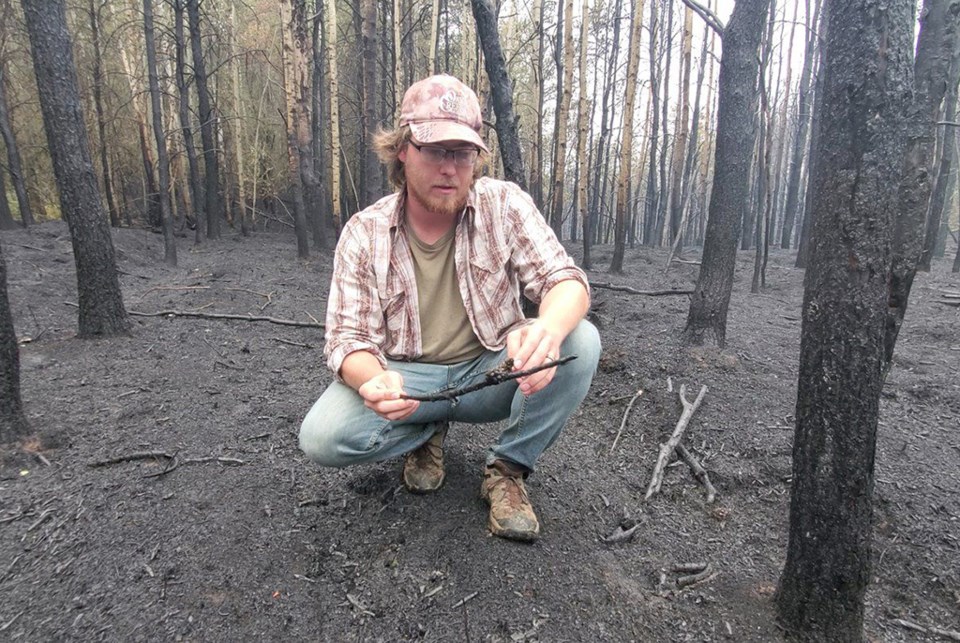Wildfires are on the brink of demolishing four of the Barks family's northern trap line cabins.
A wildfire is burning roughly 400 yards away from the first cabin, threatening about $75,000 in assets there as other fires torch thousands of hectares of territory used by Randy Barks, a trapper who is north of Nipawin. His family is also unable to secure insurance for its trapping cabins due to forest fire risk.
"It's not just the cabin and financial loss. It's a way of life that's being challenged and interrupted," Barks said.
He's one of the northern trappers stuck contending with a lack information on wildfire threats to his property. Years of work could be wiped away in an instant with little warning.
This year's wildfire season more than doubled the five-year average with 530 fires as of Friday afternoon, forcing evacuations and impacting trappers' livelihoods and ways of life.
It's why Barks takes comfort in the mapping his son Dale has prepared with his training as a biology graduate student at the University of Saskatchewan. Using data from two satellite systems, Dale is regularly updating detailed local maps that account for information like trails, vegetation and waterways.
Dale began making the maps after he found Saskatchewan's wildfire web mapping and other sources weren't providing information as quickly as he would have liked. The extra information offers advanced warning if a property is at risk, Dale said.
That's a familiar concern. A fire has wiped out about half of a trapline that he and his brother operate, turning the forest into a patch of trees and miles of unbroken burned hills, Dale said.
In a prepared statement, Saskatchewan Public Safety Agency spokesperson Karri Kempf said the province keeps fire base and provincial duty desks that coordinate resources and information to and from the field. Personnel receive daily briefings and ground crews keep radios for communication, she said.
Kempf encouraged residents collecting valuables from threatened property to contact their local protection base for information and advice, and for concerned residents to visit the SPSA's website.
Traditional use cabins are registered with the Ministry of Environment and shared with SPSA, she said, adding that people with unregistered cabins should notify the province. Monitoring fire is "a shared responsibility" with the aim "to reduce risk to personnel property and stay safe," Kempf said.
While Randy Barks is appreciative of fire teams' work, he thinks there can be a lack of communication between government agencies that limits fire response. In one case, he remembers when a neighbour's cabin went up in flames despite fire teams working in the area. It's why more warning would be welcome.
"It's still not communicated within departments (or) between departments," Barks said. "There's absolutely no reason any cabin should have been lost there."
Saskatchewan Trappers Association President Wrangler Hamm says he plans to push for the government to share more information with trapping representatives who could be affected by wildfires.
Until then, Lyle Munro, who is the STA's local director in the Nipawin area, is another trapper who doesn't know what has happened to his property. He wishes there was more of a warning system that would allow him to collect his assets and set sprinkler systems before leaving for safety.
"We got to call in all the time just to try and figure out what's going on," he said. "It's a scary situation."


.png;w=120;h=80;mode=crop)

